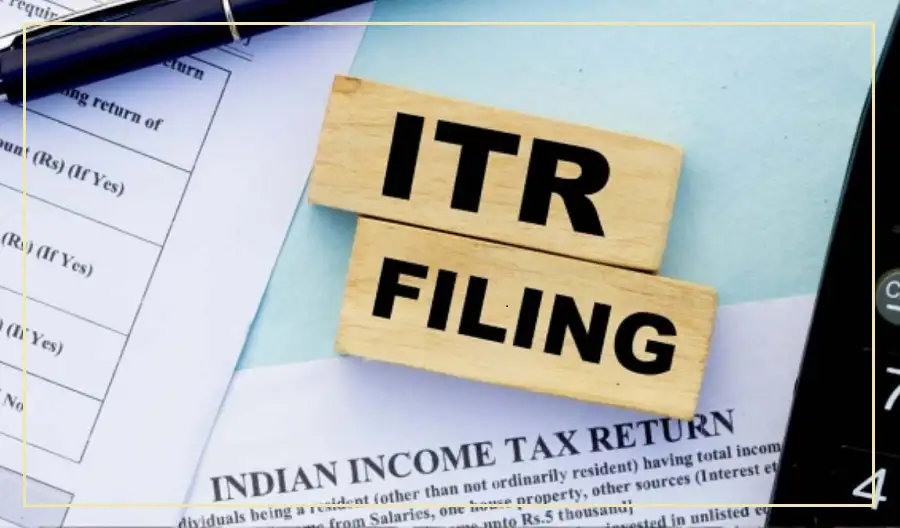Filing your income tax return can be tricky, especially when choosing the correct ITR (Income Tax Return) form.
If you pick the wrong form—like ITR-1 instead of ITR-3—your return could be marked as defective. In that case, the Income Tax Department may ask you to fix the issue.
If you don’t correct it, your return might be rejected. Sometimes, these mistakes aren’t caught right away but can still delay processing, refunds, or future tax assessments.
The good news is, if you spot an error after filing, you can submit a revised return. This lets you fix mistakes related to income details, deductions, or even the ITR form you used—just make sure you do it within the allowed time.
How Many Times Can You Revise a Return?
There’s no fixed limit on how many times you can revise your return. You can make corrections as often as needed, as long as it’s done before the deadline. Each revised return replaces the one you filed earlier.
Deadline to Revise Your Return
For the current assessment year, you can revise your return until December 31. However, this deadline may be extended by the government, so it’s a good idea to stay updated with any announcements.
How to File a Revised Return – Step-by-Step
Log in to the Income Tax e-filing portal.
Choose the option to file a revised return.
Enter the acknowledgement number and filing date of your original return.
Select the correct ITR form and update your information.
Submit and verify your revised return.
Making mistakes in your tax return is common, but the law gives you a chance to fix them. Before submitting a revised return, double-check all details.
Filing an accurate return helps avoid problems with refunds, notices, or audits in the future.
























